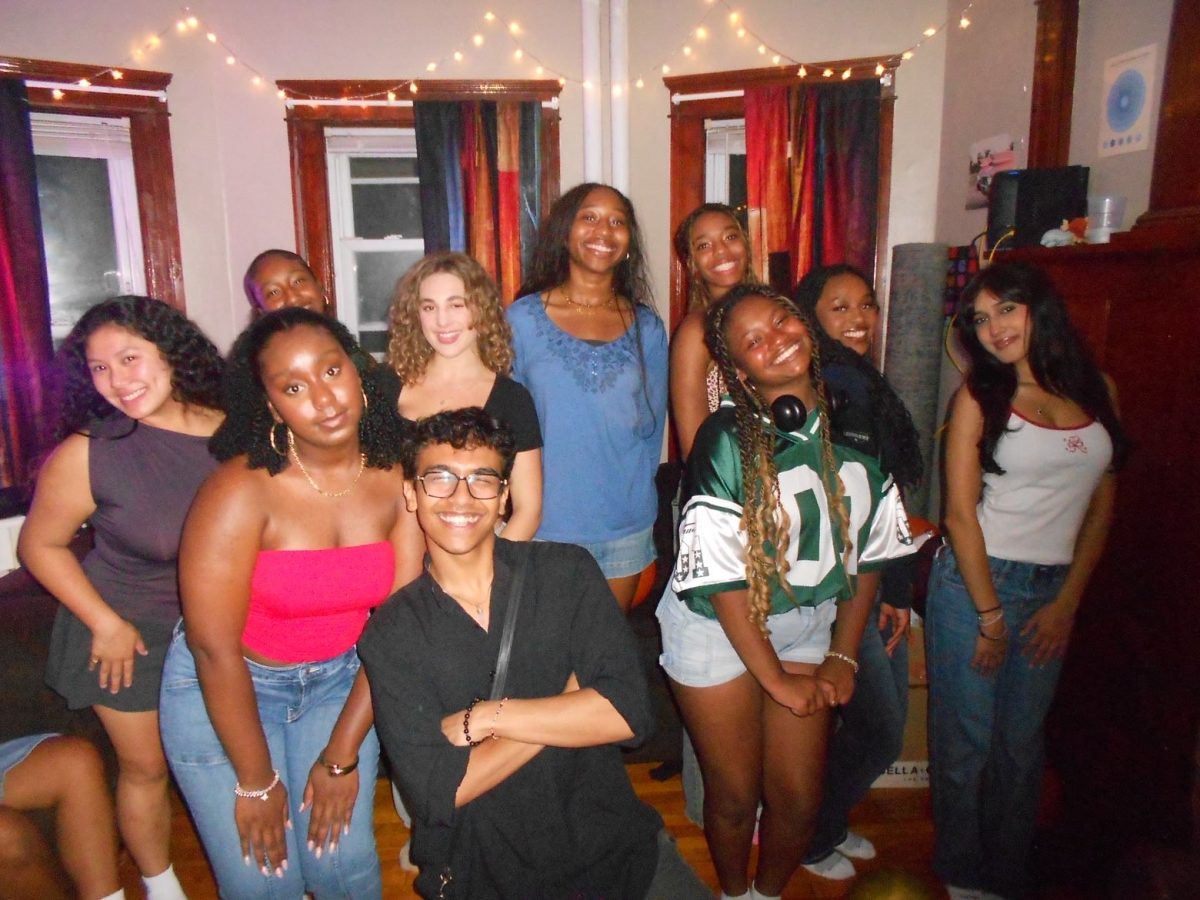On December 26, with the fresh post-Christmas blues, I decided get a pick-me-up in the form of an unlikely double feature of films: a 10:00 a.m. screening of Bob Dylan biopic, “A Complete Unknown,” and at 7:15 p.m., the horror ”Nosferatu.” Given that I don’t know too much about Dylan, and I’m not a particular fan of horror movies, I was not too sure what to expect. But here’s how it went:
Right at 10:00 a.m., I strolled into my local theater, where my screening only had about 10 other people, all skewing older in age. “A Complete Unknown,” directed by James Mangold, is based on Elijah Wald’s nonfiction book “Dylan Goes Electric!” and concentrates on Dylan’s life from his beginnings in New York in 1961 to his performance at the Newport Folk Festival in 1965.
The film quickly sets us down in location and story; its primary home is New York City. We see a scrappy, 20-year-old Dylan cramped in a taxi while gazing at the approaching skyline. We get a potent portrait of the early 1960s, including footage from news reports of the Cuban Missile Crisis and John F. Kennedy’s assassination.
But let’s get to the performances. Timothée Chalamet, as Bob Dylan, comes out the clear winner of this film. His work is sharp, lived-in, and insightful. I’m not sure if Chalamet has a clear shot in his competitive Oscars category, but this film proves he should be in consideration. And Chalamet’s in-character singing is pitch-perfect—he rides that immensely difficult line between sounding like a copy of Bob and keeping his own voice.
There is a rampant discussion always happening over biopics: whether they are tired and formulaic, or can be done well. I think this film triumphs over many pitfalls common in this type of movie, but still gets caught in a few. One refreshing part of the film is that it doesn’t hesitate to show Dylan’s egotistical tendencies as well as his genius. During his joint concert tour with Joan Baez, he throws a fit onstage and leaves Joan alone to serenade the crowd. Dylan feels, above all, like a real person. He’s making mistakes, and burning bridges, just like a young guy drunk on his own validation might.
On one hand, I liked that the women in this film, Sylvie Russo (Elle Fanning) and Joan Baez (Monica Barbaro), are all shown having an influence on Dylan and his music. For instance, Sylvie’s (based on his real-life girlfriend Suze Rotolo) work in civil rights activism inspires Dylan to incorporate more themes of social justice in his songs. Both women express frustration with Bob’s aloofness and resistance to being known on a deeper level. But, on the other hand, I sometimes felt like the female characters got little more to do than “stand at the side of the stage and look concerned while Bob plays.”
Despite the film’s flaws, I think it does a much better job than a paint-by-numbers biopic, and subverted just enough tropes to keep the film enjoyable, if not unpredictable (if a biopic can ever be that way). Plus, any film that casts PJ Byrne automatically gains stature in my eyes.
But, now for the nighttime showing: “Nosferatu” is director Robert Eggers’ fourth film, and the first of his I’ve seen. Compared to “A Complete Unknown”, this screening was packed with moviegoers of all ages, and I could sense the excitement in the theater.
As you might know, Eggers’ film is based on the 1922 German silent film of the same name from F.W. Murnau—I watched it a few days before to prepare. I was surprised to see just how scared I could be by a movie over a century old (so I may have put on electronic musician The Dare’s music to help offset this unease). In addition, Nosferatu is based on “Dracula”; long story short, because of copyright issues, the original filmmakers swapped out the names and used a nearly identical plot to Bram Stoker’s novel.
Both “Nosferatu” and “A Complete Unknown” are period pieces; for this one, we’re taking it back to 1838, where Thomas and Ellen Hutter have settled in the German town of Wisburg. Long ago, Ellen had prayed for divine intervention against her loneliness, a call answered by one Count Orlok (who happens to be a vampire). Years later, Thomas, a real estate agent, is commissioned by his boss to sell an old property to the Count: it is a mansion directly across from the Hutter’s. Plague, murder, and general evildoing ensue.
This film follows the classic adage of “never show the monster”; throughout, Count Orlok is obscured in one way or another. It’s not until the final frames that his total, deformed self is revealed. If you are a horror fan, you will be delighted by this film. And if you’re not, it’s worth the price of admission just to hear Willem Dafoe say “Nosferatu.”
Overall, I would say this was quite the double feature—both films are not in the realms of what I usually watch, but it encouraged me to go seek out more of their respective filmmakers’ works, and perhaps more horror films as well. I would encourage everyone to go make their next moviegoing experience a double feature—you never know what you might end up loving.


